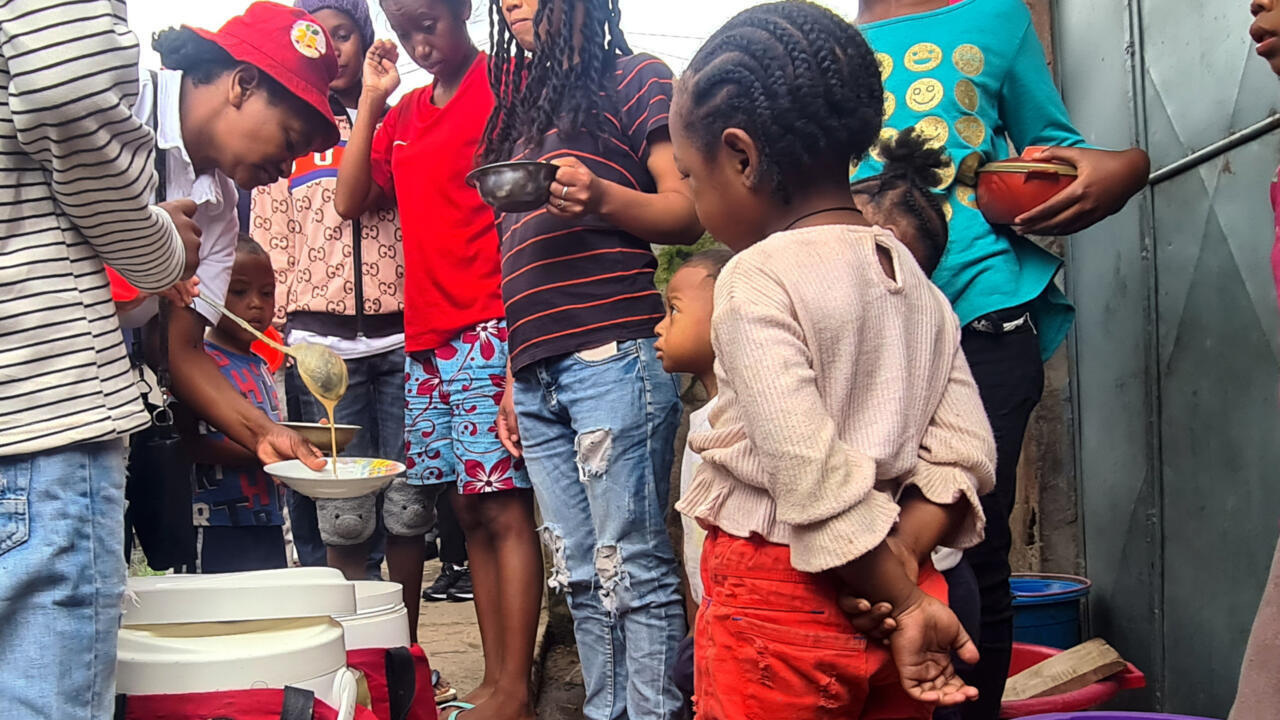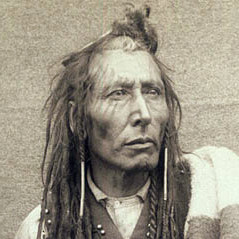A Malagasy business has been developing the porridge, prepared daily by local vendors, to avoid the irreversible cognitive and physical damage that malnutrition causes during the first 1,000 days of a child’s life.
Six days a week, Tantely walks the streets carrying two five-kilogram thermoses of porridge. Tantely hands out portions in exchange for 500 ariary, or about 9 euro cents. “My job is to mix all the ingredients: peanuts, maize, rice, soy, sugar, minerals, calcium, vitamins and iron,” says Tantely. It takes about 45 minutes to cook.
For many of her customers, this is the only nutritious meal they will eat all day.
Changing the eating habits of these communities, however, wasn’t easy. It took at least five years for sellers like Tantely to convince families to switch from their traditional rice soup to Koba Aina (“flour of life” = porridge). Through persistent awareness-raising, Tantley was able to break down misconceptions about the supposed nutritional benefits of rice soup. Now, some 42,000 children in Malagasy cities eat Koba Aina every day.
Nutri’Zaza, which has been distributing Koba Aina since 2013, says the flour addresses a critical public health issue. Founded to build on child nutrition projects, Nutri’Zaza reinvests profits to sustain its mission. The company also collaborates with NGOs and government agencies across Madagascar. Nutri’Zaza hopes that by making its porridge widely available at an affordable price, stunted growth among children in Madagascar’s cities will be dramatically reduced, breaking the cycle of poverty that malnutrition perpetuates.
I grew up on porridge and I still eat it every morning with my coffee and toast
I think it was the difference between me being a good student in elementary and high school compared to my classmates who all barely passed or just dropped out. This and a steady diet of fish at least twice a week when I was growing up.
We never had a lot of food because we are Indigenous Canadian, grocery food was way too expensive so mom and dad relied on wild food and wild fish to supplement our diet … I estimate about half my diet before I was 15 was wild food. The only cheap thing mom could buy for breakfast was oatmeal and its something I’ve eaten every day of my life. Milk was a luxury so most of the time, it was just watered down canned milk every morning.
I don’t have kids of my own but I have lots of nieces and nephews and I see what they are living on now. Almost 100% store bought food and sugar laced boxed cereal every morning. Almost all of them are either chubby or just plain overweight. I look at pictures of me and my siblings when we were ten, and we looked like skinny scrawny kids … my nieces and nephews are now all overweight at the same age.
It’s not just the quantity of food that is important … it’s the quality of the food we eat or feed to a child.
Thanks for sharing your story. Very interesting!
I don’t think the diet was the primary factor in success at school. Usually family support and a match between teaching and learning styles are more influential. Nutrition is important, of course, but I think once you have base nutrition, even if it’s from processed food, you should be able to be successful (assuming the processed food doesn’t also have additives that are actively detrimental, but I don’t know of any that were shown to broadly have a significant negative effect).




